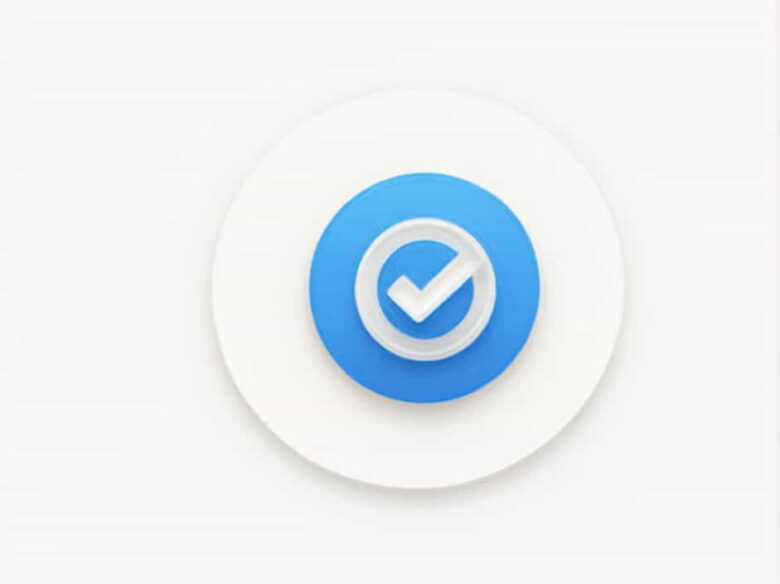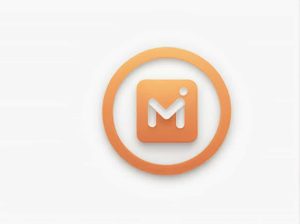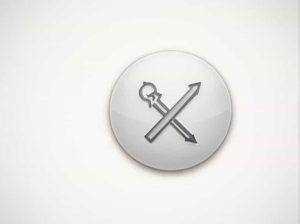Multiple-choice questions (MCQs) are one of the most common types of assessments used in schools, standardized tests, and competitive exams. The instruction ‘Choose and encircle the letter of the correct answer’ is a standard directive found in tests, requiring students to select the most accurate option from a list of choices.
Understanding how to approach MCQs effectively can improve accuracy and boost confidence. This content explores the importance of multiple-choice questions, strategies for answering them, common pitfalls, and tips for success.
What Are Multiple-Choice Questions?
Multiple-choice questions consist of:
- A question or statement (called the stem).
- Several answer choices, usually labeled A, B, C, and D.
- One correct answer and distractors, which are incorrect but plausible options.
Example:
What is the capital of France?
- Madrid
- Rome
- Paris
- Berlin
Correct answer: C (Paris)
The instruction ‘Choose and encircle the letter of the correct answer’ means that test-takers must:
- Identify the right answer.
- Draw a circle around the corresponding letter.
Why Are Multiple-Choice Questions Used?
MCQs are widely used because they:
- Assess knowledge quickly Teachers and examiners can evaluate large groups efficiently.
- Test comprehension and critical thinking Some questions require deeper understanding, not just memorization.
- Provide clear-cut answers Unlike essays, MCQs have objective grading.
- Cover a broad range of topics A single test can include multiple subjects or concepts.
Strategies for Answering MCQs Correctly
To maximize performance, students should use these effective strategies when answering multiple-choice questions:
1. Read the Question Carefully
- Pay attention to keywords like not, except, always, never.
- Understand what the question is really asking before looking at the choices.
Example:
Which of the following is NOT a prime number?
- 2
- 5
- 9
- 7
(Here, ‘NOT’ is crucial. The answer is C. 9.)
2. Eliminate Wrong Answers
- Cross out choices that are obviously incorrect.
- Reducing the number of options increases your chances of guessing correctly.
3. Look for Clues in the Answer Choices
- If two answers are opposites, one is often correct.
- If two options are very similar, one may be a trick.
Example:
What is the largest planet in the Solar System?
- Mars
- Jupiter
- Earth
- Saturn
(Mars and Earth are smaller planets, so they can be eliminated first. Between Jupiter and Saturn, Jupiter is the largest.)
4. Use Prior Knowledge
- If you’re unsure, think about what you already know about the topic.
- Even partial knowledge can help eliminate incorrect choices.
5. Watch Out for ‘All of the Above’ and ‘None of the Above’
- If two or more answers are correct, ‘All of the Above’ is likely the right choice.
- Be careful with ‘None of the Above’ its only correct if all options are wrong.
6. Answer Every Question
- Never leave a question blank. Even a guess gives a 25% chance of being correct.
- If there’s no penalty for wrong answers, always make an educated guess.
7. Manage Your Time
- Dont spend too long on one question.
- If unsure, mark it and come back later.
Common Mistakes and How to Avoid Them
1. Misreading the Question
- Many students lose marks because they skip important words or rush through the question.
- Solution: Read carefully and underline key terms.
2. Overthinking the Answer
- Sometimes, the simplest choice is correct.
- Solution: Trust your first instinct unless you find a strong reason to change it.
3. Falling for Trick Questions
- Examiners sometimes include misleading answer choices.
- Solution: Pay close attention to detail.
4. Choosing an Answer Too Quickly
- Some students circle the first option that ‘looks right’ without considering others.
- Solution: Always review all choices before deciding.
Tips for Practicing Multiple-Choice Questions
- Take Practice Tests Repetition improves familiarity with question formats.
- Review Mistakes Learn from incorrect answers to avoid repeating errors.
- Improve Vocabulary Some questions require understanding difficult words.
- Stay Calm Nervousness can lead to errors, so take deep breaths and focus.
Examples of Multiple-Choice Questions
General Knowledge
Which ocean is the largest?
- Atlantic Ocean
- Pacific Ocean
- Indian Ocean
- Arctic Ocean
(Answer: B. Pacific Ocean)
Science
Which gas do plants use for photosynthesis?
- Oxygen
- Carbon Dioxide
- Nitrogen
- Hydrogen
(Answer: B. Carbon Dioxide)
Mathematics
What is 12 × 5?
- 50
- 60
- 55
- 65
(Answer: B. 60)
English Language
Choose the correct word to complete the sentence:
She ___ to the market every Sunday.
- go
- goes
- going
- gone
(Answer: B. goes)
Final Thoughts
Multiple-choice questions are an effective way to assess knowledge. By understanding how to read questions carefully, eliminate incorrect answers, and apply logical reasoning, students can improve their performance.
The next time you see the instruction ‘Choose and encircle the letter of the correct answer,’ use these strategies to answer with confidence and accuracy.



